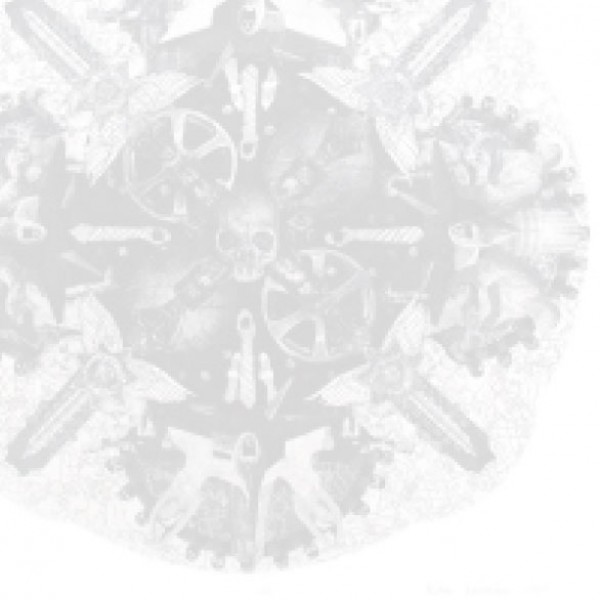SCATTER
GUS Gallery. Various international and national group exhibitions
2023 (2018-2023)
This collection of drawings and prints takes the associative language of ‘forest’ and ‘clearing’ as its starting point. While forests are the subject of much creative response to environmental challenges, I am influenced by Robert Pogue Harrison’s Forests (1992) where he discusses the symbolic space forests occupy at the edge of settlements: at the edge of exteriority and interiority, as simultaneous places of refuge and physical denial. In evoking Heidegger’s notion of the ‘clearing’ – the open space of light (lichtung) where human consciousness can emerge, Harrison writes that for the celestial religions of the world to develop, forests had to be felled so that a pathway to the heavens could be opened through the canopy. Forests of the modern world became the raw material of conquest and colony, for centuries providing wood for ships and wagons. I am interested in what this symbolic opening of ‘tree space’ means and the paradox between enabling visibility and generating devastation and subjugation.
The works refer to congestion, aggregation, contamination, coagulation, and the act of clearing as forms of compositional construction. Using visual devices that crowd, flatten, and deny hierarchy or dominance, they compress figure-ground relationships as a reflection on the full and felled forest and the associated tensions between them. Images move between those that demonstrate horror vacui and those that rely on singular images or vacated surfaces.
The work has a wide range of reference, and draws on: settlement and distribution through human, science and visual lenses, held by and refusing the grid; the visual analogy of the dandelion head as a formal structure diffused by single breath; the horizontality of Leo Steinberg and Rosalind Krauss; Leonardo’s Cloudbust of material possessions; Uccello’s The hunt in the forest and Botticelli’s Story of Nastagio degli Onesti; settler trees in Constantia; histological images of brain tumours and infectious disease; multiple hands of St Francis; scatological drawings imagined as the ultimate space of interspecies entanglement; knotted limbs; gall ink, intestines, the 0-horizon, and Charles and Ray Eames’ Powers of Ten.
The Extinction series of four long linocuts refers to the history of western scientific observation, the politics of nature study, and the construction of natural history in museum and book form. They are compositionally based on Renaissance hunting tableau and drawn from natural history museum iconography, the mass food industry, global disasters and industrial landscapes.
The Settler series translates old trees in the Cape Town suburb of Constantia into large linocuts. Representative of a colonial history, the trees by their particular forms (broken, smothered, truncated) point to an ending, and since their initial documentation, all have been felled.
An etching series of ten 10 x 10 cm prints began with an image of grass taken at Lake Michigan, Chicago, the site of the Eames’ 1977 Powers of Ten video. This was followed by nine 10 x 10 cm etchings of environmental disasters, that have equivalent formal values to the initial grass image, but taken at a proximal remove. In this way, attention is drawn to relative perspectives and magnitudes of crises.
Manifest: 300 hands of St Francis is a large-scale monoprint that translates hands sourced from more than 100 images of St Francis. The cult of St Francis marks a time in Italian Renaissance art when images of Christ became more visceral, and pain and sacrifice became the foregrounded subject of this genre of painting.
These prints have been exhibited at the International Academy of Printmaking, Beijing, 2020, Linocut Today, Staedtische Galerie Bietigheim-Bissingen, Germany 2022, Barnard Gallery, Nano 1.1, 1.2 and 1.3 2017 -2019, Conversations, Michaelis Gallery 2019.

























